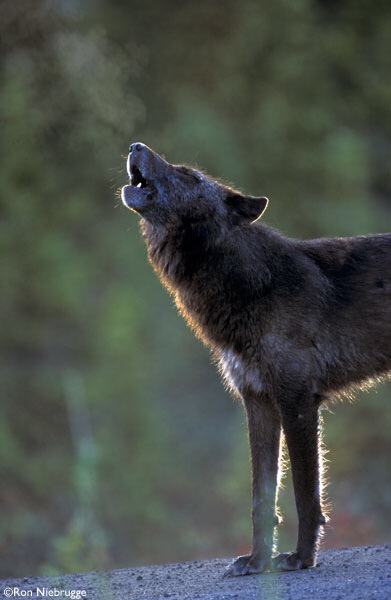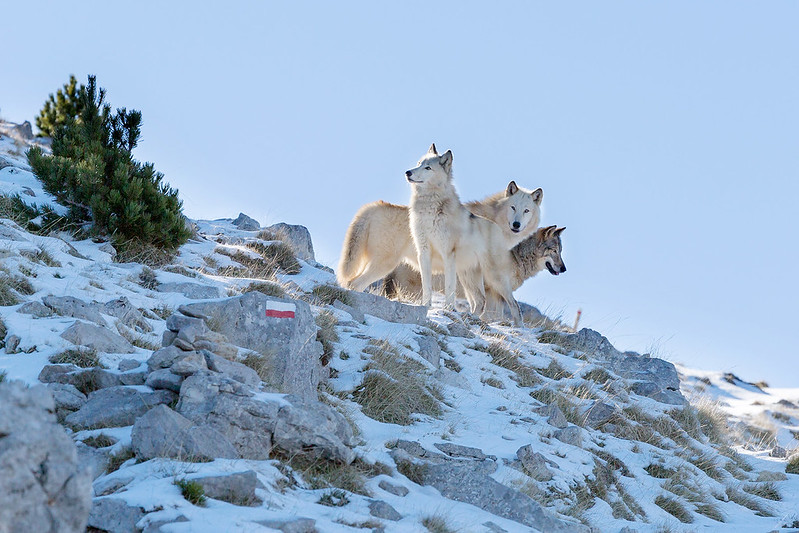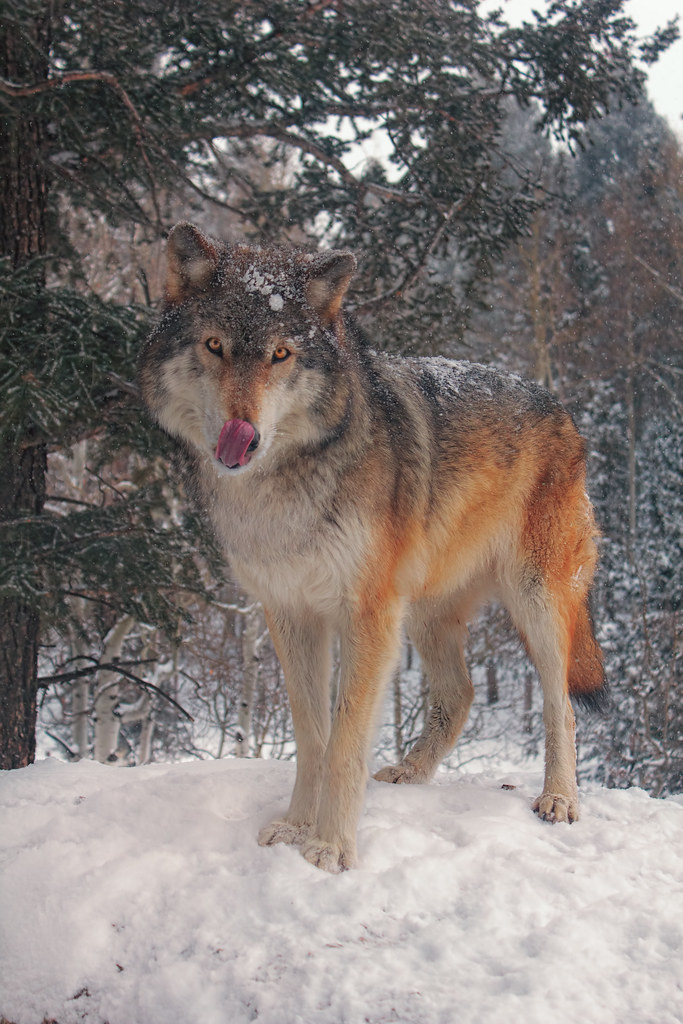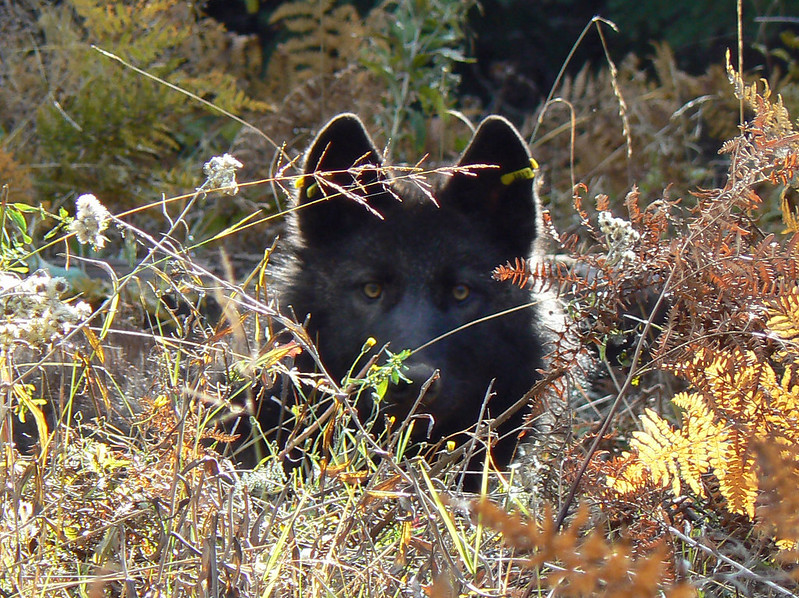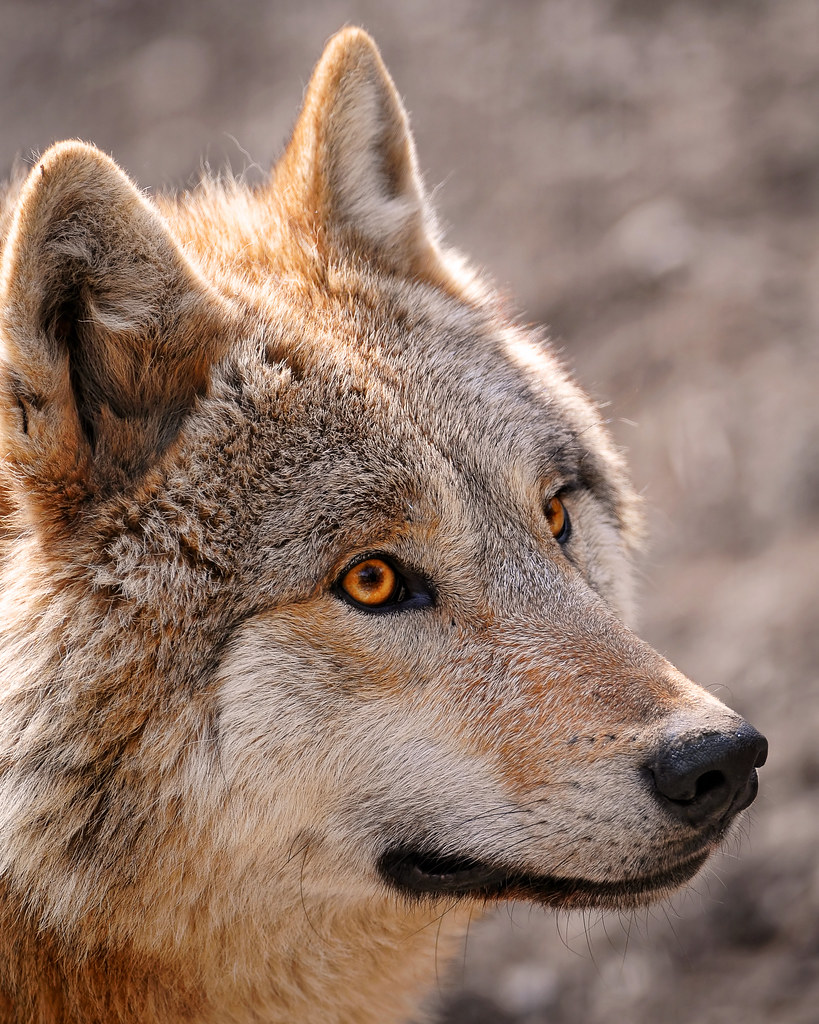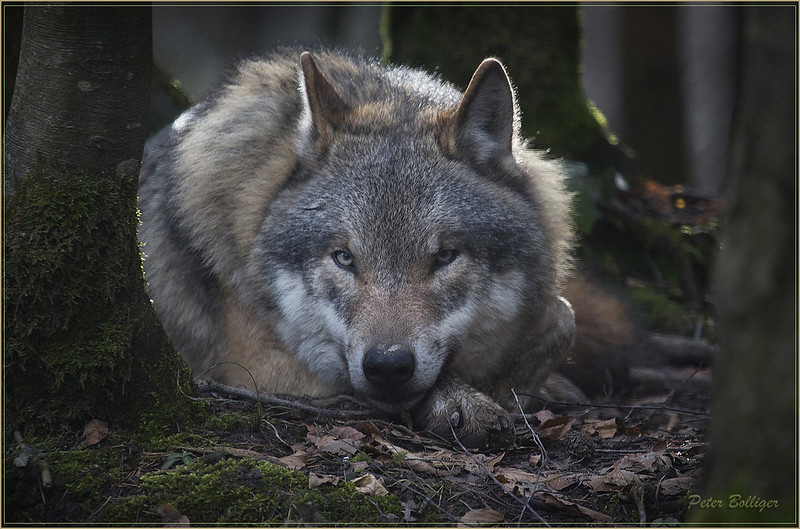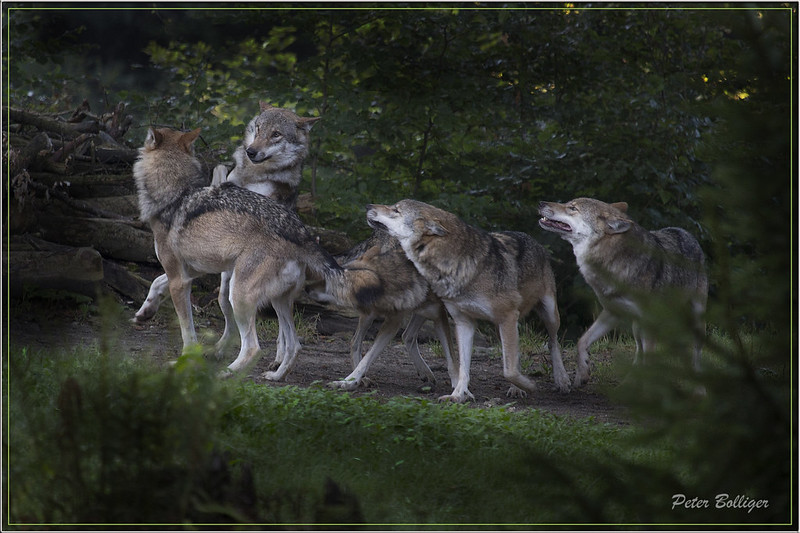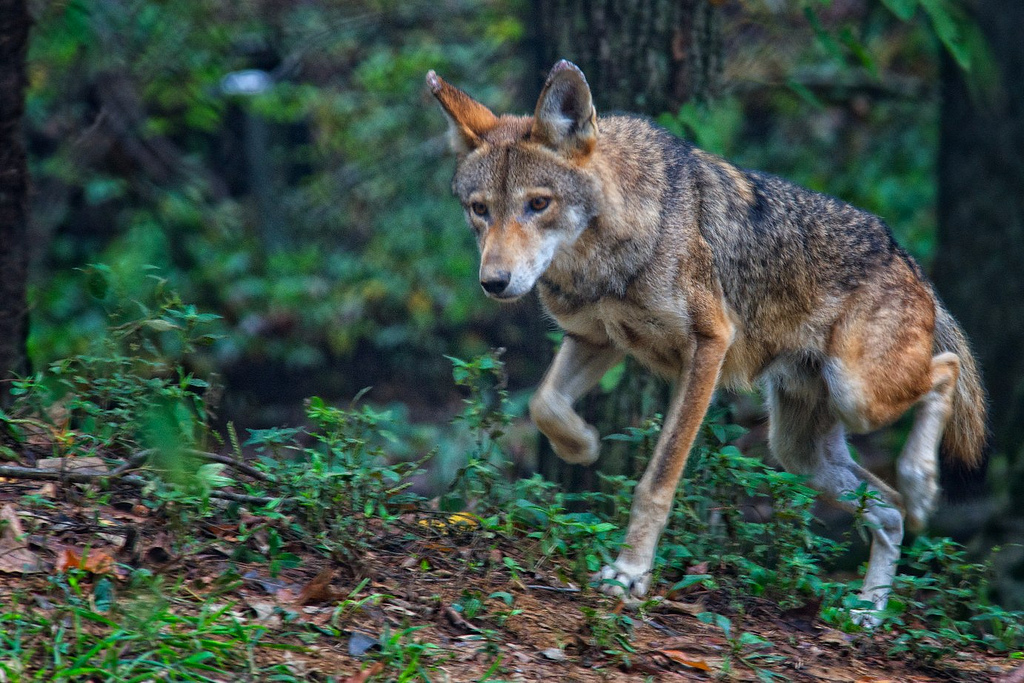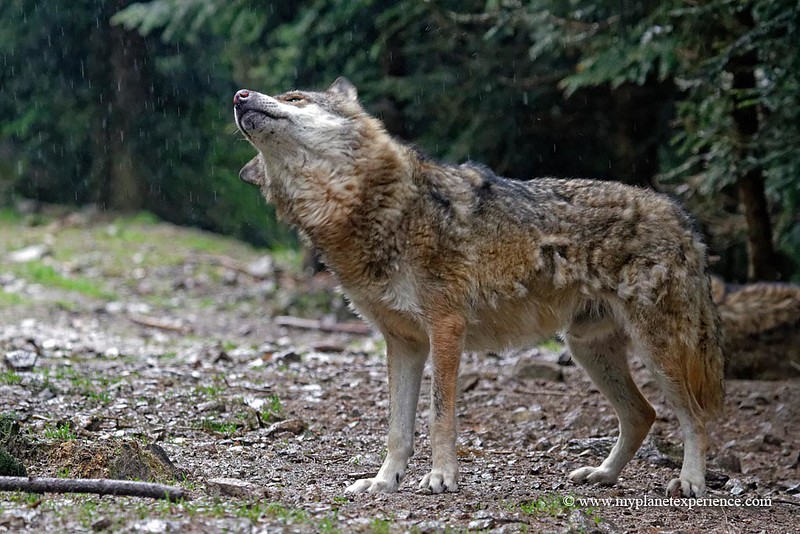For Immediate Release
|
Date: June 25, 2015
|
Contact: Steven D. Smith
|
|
WASHINGTON, D.C. - Today, U.S. Congressman Paul A.
Gosar, D.D.S. (AZ-04) released the following statement after introducing
H.R. 2910, the Mexican Wolf Transparency and Accountability Act, which
would require the United States Fish and Wildlife Service (USFWS) to
comply with federal law and terminate the new overreaching regulations
that established the dangerous “Nonessential Experimental Population”
program for the Mexican wolf:
“The U.S. Fish and Wildlife Service’s attempts to play God with the
Mexican wolf population have been nothing short of a disaster. The
Service admitted as much on a phone call on January 17, 2015 when it
stated that about 50% of the Mexican wolves bred in captivity don’t
survive. Talk about an inhumane and ineffective program. Furthermore,
the USFWS engineered wolves that are released into the public have not
fared much better and have been involved in numerous incidents where
wolves have repeatedly stalked children and our citizens.
“This unlawful, new program poses a serious threat to ranchers
and citizens in these regions and may cause significant harm to local
economies. The new regulations that were implemented without an
appropriation or authorization from Congress, in violation of the
Anti-Deficiency Act, defy commonsense as nearly 90% of the wolf’s
original habitat falls within the border of Mexico. Our bipartisan bill
will protect local communities, delist the Mexican wolf and terminate
this flawed experimental program.”
Representative Steve Pearce (R-NM-02) stated the following after joining Rep. Gosar in introducing the bill: “The
so-called ‘recovery program’ of the Mexican wolf is a leading example
of why Washington should leave species recovery to the states. The US
Fish and Wildlife Service’s program ignores public safety concerns,
threatens the livelihoods of New Mexico’s farmers and ranchers and fails
to set a recovery goal (number of wolves) that will lead to a solution.
Wolves are natural predators and are devastating livestock populations
and putting children and family pets in danger. Yet the Fish and
Wildlife Service has recently decided to expand the population area for
the wolves without first securing the necessary funding to ensure
predator incidents can be prevented.
Needless to say, the Fish and
Wildlife Service’s current program is not effective for wolf recovery
and does not provide the kind of accountability the people of New Mexico
deserve. Congress must intervene by de-listing the Mexican wolf,
eliminating this inadequate ‘recovery’ program and transferring species’
protection back to the state of New Mexico.”
Background
On January 16, 2015, USFWS listed the Mexican gray wolf as an
endangered subspecies and also issued a new rule that dramatically
expanded the area Mexican gray wolves can roam. This bill prevents the
Mexican wolf subspecies listing from having any force or effect and
terminates the 10(j) rule that expanded the areas the wolves can roam
and established an experimental population program.
The Mexican wolf was first listed as an endangered species in
1976. In 1982, Mexico and the United States signed the Mexican Wolf
Recovery Plan. USFWS has acknowledged that, “The recovery plan did not
contain objective and measurable recovery criteria for delisting as
required by section 4(f)(1) of the Act.”
Yet, the Service has utilized the same recovery plan for the Mexican
wolf since the early 1980s, failing to update the plan to include
recovery criteria as required by federal law which will allow for the
down-listing and delisting of this subspecies of wolves. As a result,
this plan is significantly outdated and is not based on the best
available science.
On June 8, 2015, the Arizona Attorney General and the Arizona Game and Fish Department
filed a lawsuit against the secretary of the Department of Interior and the USFWS “for failing their statutory duty to develop an updated recovery plan to guide Mexican wolf recovery.”
An
independent economic analysis
found that the Mexican wolf’s presence in one county has caused a
direct economic loss of $5 million and resulted in “1,172 calves lost
annually to wolf depredation.”
Mexican wolves have caused so many problems in recent years that
12 wolves have had to be lethally removed and
more than 150 others have been forced to be relocated.
The Mexican Wolf Transparency & Accountability Act is endorsed by: the
National Cattlemen’s Beef Association, the Public Lands Council,
Americans for Limited Government, Arizona Cattleman’s Association,
Arizona Farm Bureau, Arizona Cattle Growers’ Association, Arizona Cattle
Feeders' Association, the Arizona Association of Conservation
Districts, New Mexico Farm and Livestock Bureau, Coconino County Farm
Bureau and Cattle Growers Association, Yavapai Cattle Growers
Association, Navajo/Apache Cattle Growers Association, Greenlee Cattle
Growers Association, La Paz Stockmen’s Association, Mohave Livestock
Association, Gila County Cattle Growers Association, Maricopa County
Cattle Growers Association, Cochise /Graham Cattle Growers Association,
Southern Arizona Cattlemen's Protective Association.
Sponsors and Original Cosponsors of the legislation include: Paul Gosar*,
Steve Pearce*, Mark Amodei, Trent Franks, Glen Grothman, Martha McSally, Collin Peterson, Matt Salmon, David Schweikert and Ryan Zinke.


